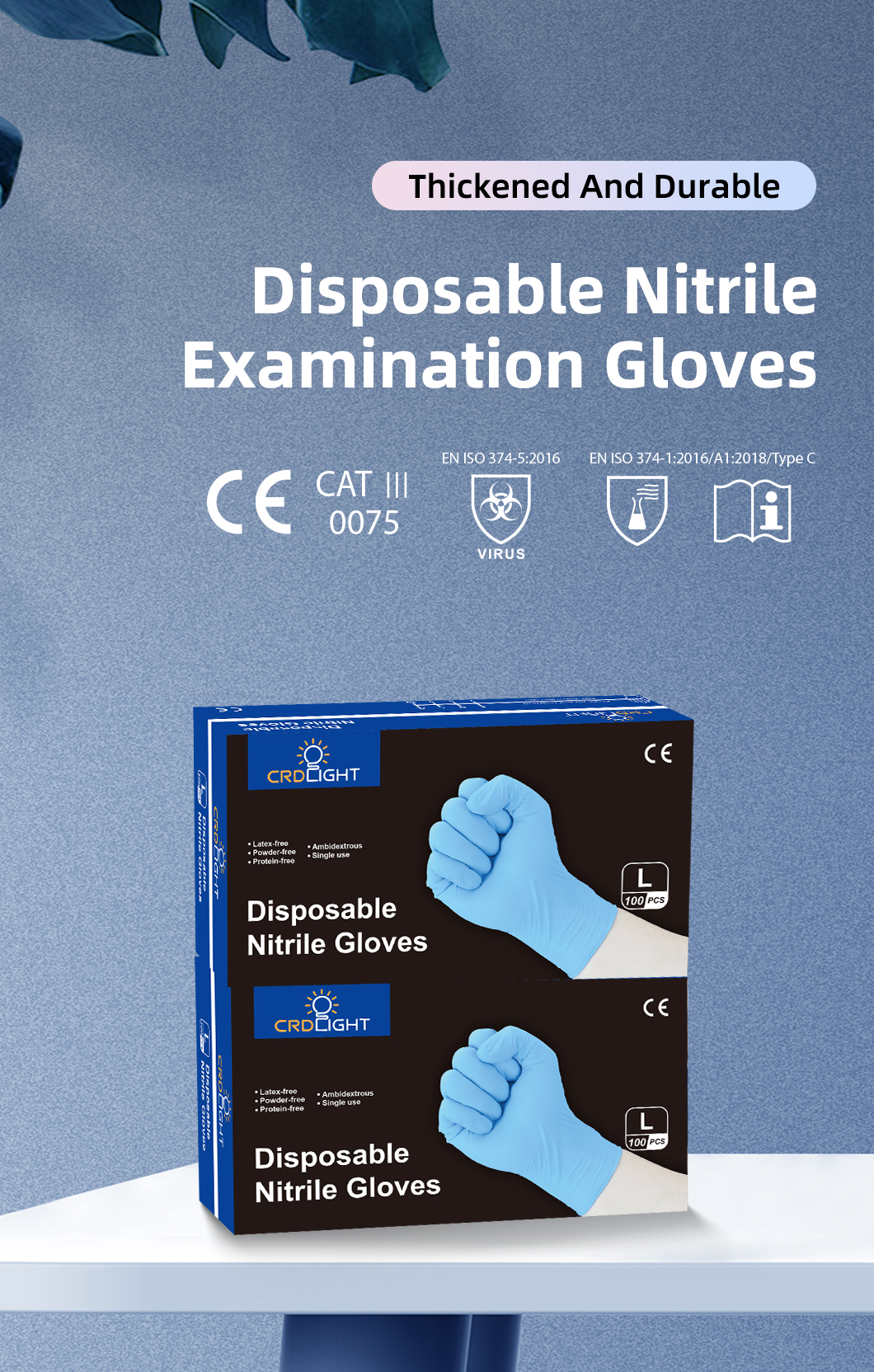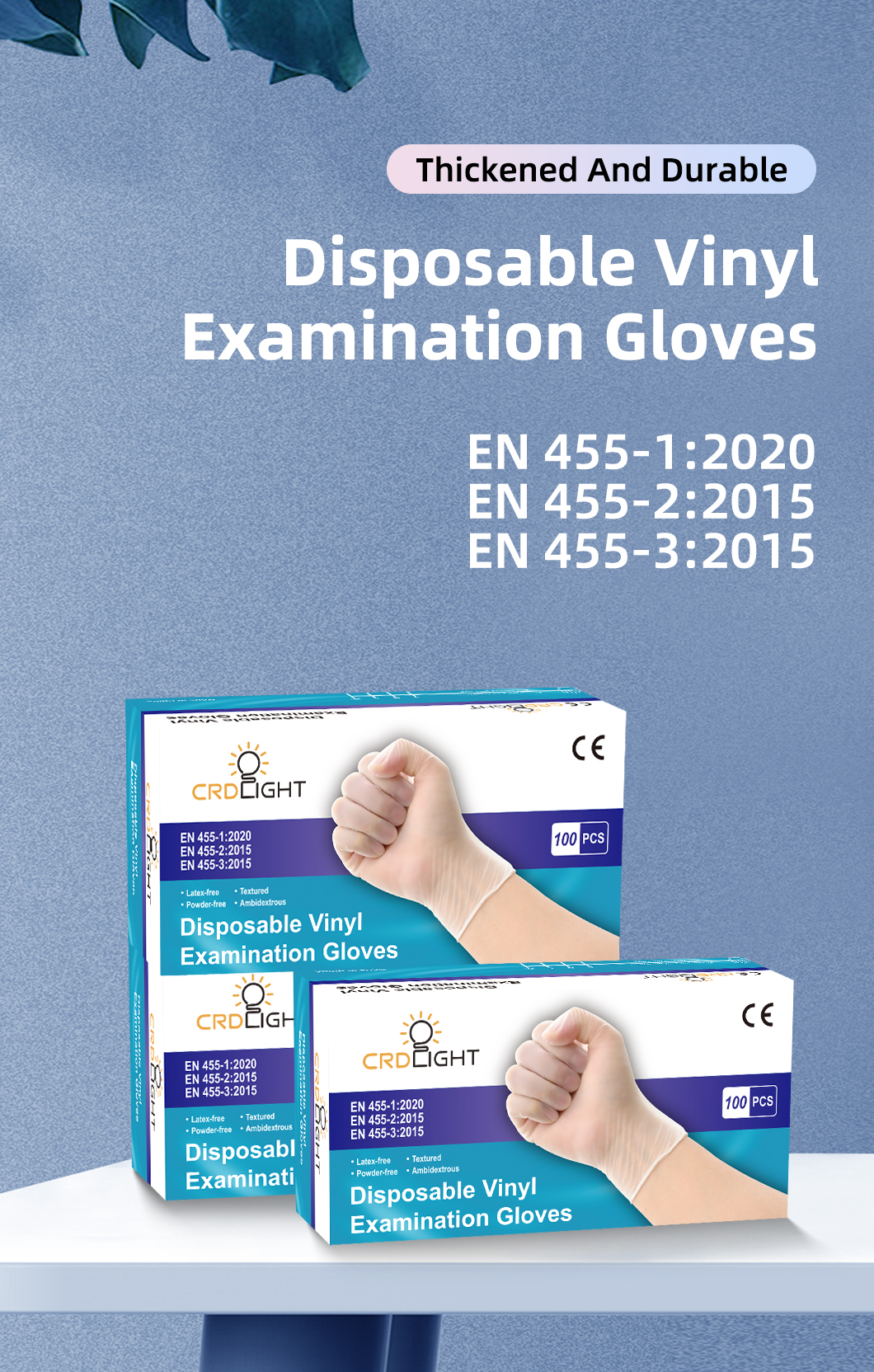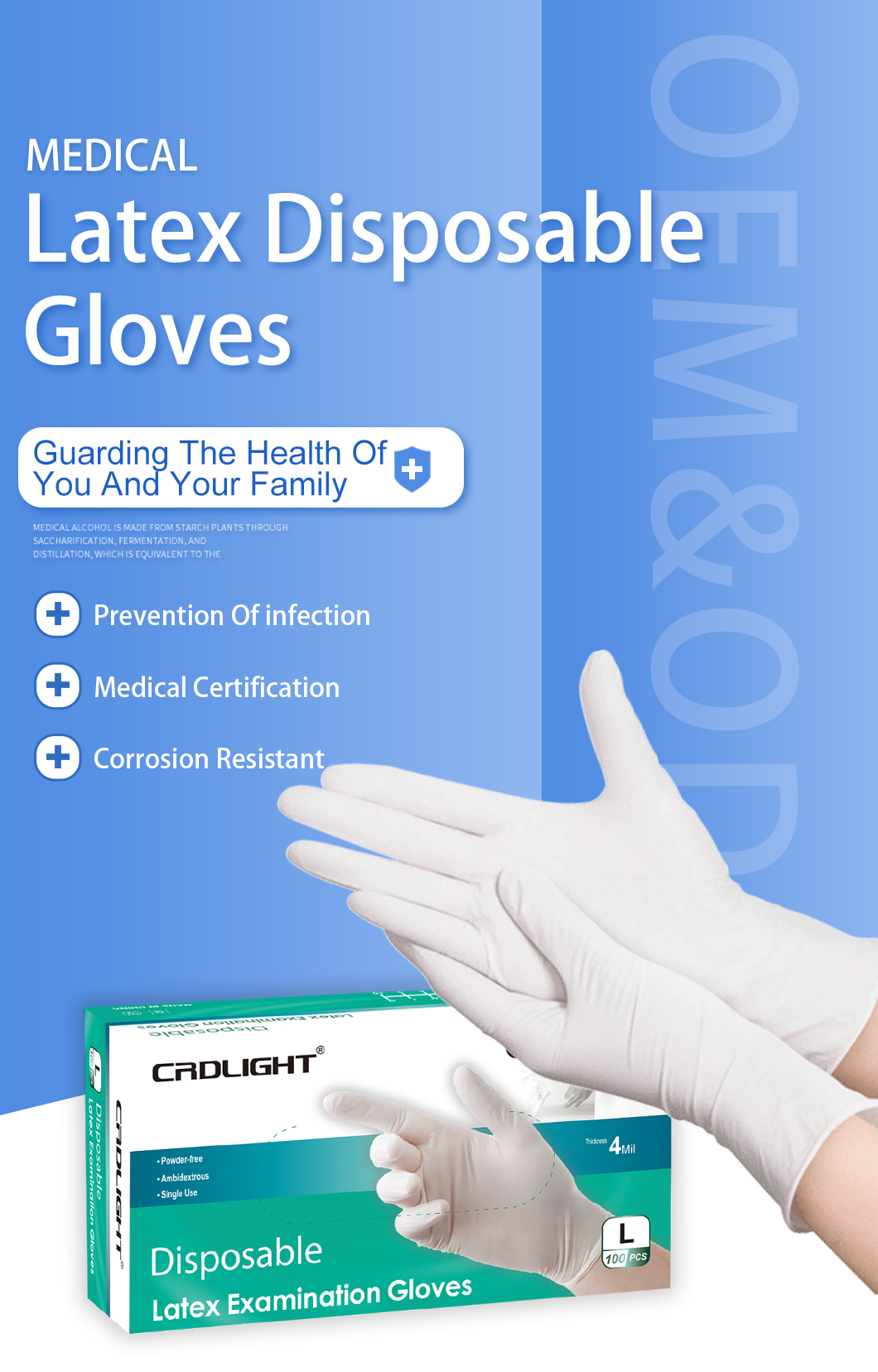You may think disposable gloves don’t require much thought. But they are used to protect our hands and therefore may need to meet thickness, finish, barrier protection, tensile strength, elasticity and puncture resistance requirements. Choosing the right disposable glove is not as simple as buying at the lowest price. Consideration must be given to the glove material and properties; tasks to be performed; comfort and fit; and cost.
Materials
Natural rubber latex, nitrile and vinyl are the most widely used disposable glove materials. Each material has features that make it ideal for specific applications.
Natural rubber latex is a processed plant product. Latex gloves offer reliable barrier protection, consistent fit and flexibility. They are a popular choice for both industrial and medical use. A disadvantage of latex is the potential for latex allergy reactions ranging from skin irritation to anaphylaxis, a potentially life-threatening condition. See Quick Tips #126 for more detailed information on latex allergies. Manufacturers have been working to develop low-protein latex that would lessen the latex allergy possibility. When allergies are not a concern, latex offers a slight comfort and dexterity advantage over nitrile and vinyl.
Nitrile, one of the more popular glove materials, replicates many of the positive characteristics of latex (flexibility, strength and durability) without the latex allergy threat. Nitrile is a synthetic material that exhibits rubber-like characteristics. These gloves are widely used across all industries and are often used to protect both the worker and the materials being handled.
Vinyl is composed of polyvinyl chloride and plasticizers that soften the material. It is an economical option often chosen when the worker changes gloves frequently during the course of a shift. Vinyl gloves are good multi-purpose gloves for general use and activities that don’t require a high degree of tactile sensitivity. They are a popular choice for the food industry.
Properties
Important properties to consider when choosing a disposable glove are thickness, finish, barrier protection, tensile strength, elasticity and puncture resistance.
Glove material thickness is usually measured in mils (1 mil = 0.001” gauge). Disposable gloves generally range from 4-8 mils thick. Lower-gauge gloves allow better dexterity, flexibility and sense of touch. Higher-gauge gloves provide better durability, but less flexibility.
Surface treatment affects a glove’s grip level. The most common surface treatments are surface chlorination and coating/finishing. A glove’s grip is determined by surface tack, which is controlled by the level of chlorination and the coatings used by the manufacturer. A textured disposable glove has a visible texture that is easily felt. The texture may cover the entire finger and palm area, but also sometimes covers over the fingertips. Textured finishes enhance the gripping properties of the gloves.
Disposable gloves are offered as powdered or powder-free. Powdered gloves are easier to put on and take off. The major adverse impact of glove powder appears to be its contributing role in latex allergies. In powdered latex gloves, the powder acts as an airborne carrier of latex proteins. There are two types of powder-free gloves: chlorinated and non-chlorinated. The types are based on the process used to make the glove powder-free. Those that are chlorinated are particle-free and easier to put on.
The Food and Drug Administration (FDA) Center for Devices and Radiological Health is responsible for regulating medical devices, including gloves. According to FDA guidelines, medical gloves should be watertight, have consistent sizing and fit comfortably. FDA requirements also define performance properties, such as the minimum barrier protection and strength these products must exhibit.
All medical gloves must meet certain Acceptable Quality Level (AQL) standards related to the product’s freedom from pinholes and the barrier protection confidence level. A lower AQL number represents a higher quality product.
Strength tests simulate stress during actual usage. Glove strength is measured by resistance to tearing, puncturing and breaking, as well as by stretch ability. Testing typically covers tensile strength, elongation or elasticity, and puncture resistance.
Tensile strength is defined as the amount of force in pounds per square inch needed to stretch a medical glove until the breaking point. Higher numbers reflect superior performance. Elongation is how far the glove stretches before it breaks. A higher number indicates superior elasticity.
Tasks
Disposable gloves are used for general-purpose work, medical exam work and in high-risk situations. General-purpose and exam-grade disposables generally range from 4-6 mils thick and are 9½ inches in length. High-risk gloves are generally 8 mils thick and may be up to 12 inches in length.
General-purpose disposable gloves are used in a variety of industries, including automobile, food handling, general, hospitality and retail. They are primarily used for janitorial and maintenance work.
Exam-grade gloves are used in the medical, dental, emergency medical service (EMS), law enforcement, nursing homes, tattoo parlors and veterinary fields.
High-risk gloves are generally associated with EMS and laboratory applications. Examples of high-risk situations are patient care activities that create exposure to blood, bodily fluids and other potentially infectious material. Other high-risk situations are those that can stress the glove material, such as handling instruments, chemicals and disinfectants.
Comfort and Fit
In addition to providing protection, disposable gloves should offer comfort. Properly fitting gloves can help improve performance and reduce hand fatigue.
Latex gloves have been shown to offer good elasticity, strength and flexibility. Nitrile gloves are also a comfortable option because of their softness and flexibility, although they tend to be stiffer than latex. Nitrile is strong, abrasion resistant and causes less irritation. Vinyl gloves are soft and comfortable, but provide a looser fit.
Common disposable glove sizes range from extra small to extra large. To measure your hand size, wrap a tape measure around the palm at its widest point. This measurement (in inches) is equivalent to the glove size (e.g., 9” measurement = size 9).
Cost
Lastly, cost is a factor when considering which disposable gloves to purchase. The cost of each of the three common types (latex, nitrile and vinyl) is based on commodity raw materials with price fluctuations that depend on specific market factors. In general, nitrile is often considered premium to latex, which in turn is often considered premium to vinyl. Choosing the least expensive glove may not be appropriate to your situation, yet more expensive products may not fit your budget. The best approach is to choose the highest quality disposable gloves that fit your needs at the best value.
Post time: Oct-05-2021


